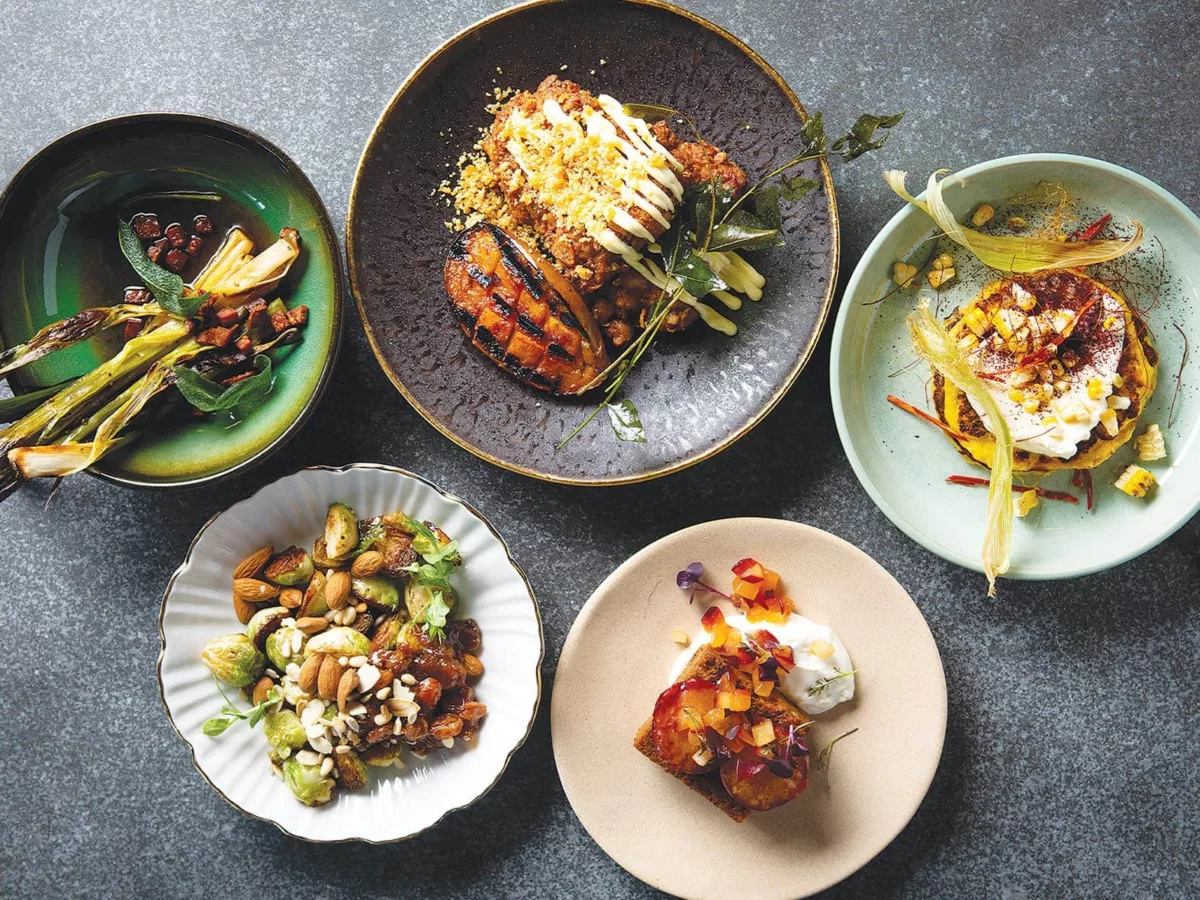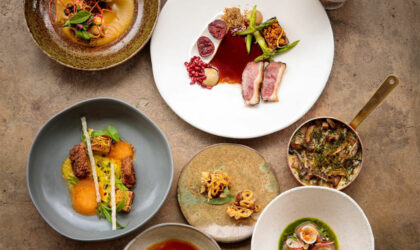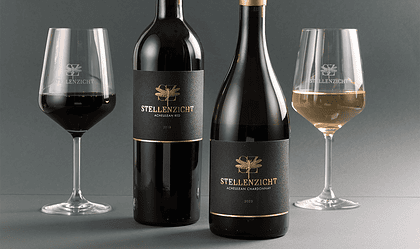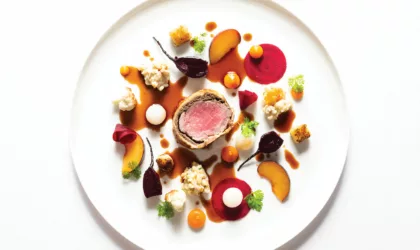‘Digital dining’? The term has a hollow ring to it, one that puts you in mind of the gloomiest part of the pandemic, when restaurants were shuttered and we were unable to eat in public, when dining with strangers – that most noble aspect of the restaurant industry – was banned.
The term was used by The Washington Post late last year to describe a post-pandemic phenomenon – a ghastly pivot, really – towards a new trend in dining culture that, in the US, has seen a carving out of in-restaurant dining by as much as 18%.
Those stats may apply specifically to the US, but there are analogous movements in South Africa, where it’s impossible not to notice the impact of order-in apps, ghost (or dark) kitchens and a movement to fetch and carry food orders.
For those who crave something beyond stay-at-home complacency, the desire is for experiences that are both nurturing and entertaining. There’s a move away from stiff, starched-linen restaurants towards places offering something more akin to comfort dining.
The difference is in the details, not necessarily the menu prices. Places, and menus, are designed around a feeling, a warmth, even a sense of community. And food that means something more than whipping out your phone to commemorate each dish on Instagram.
‘Wars are started around tables, and wars are ended in the same way,’ says Amori Burger, who made her name as a bubbly TV chef with a knack for revamping restaurants.
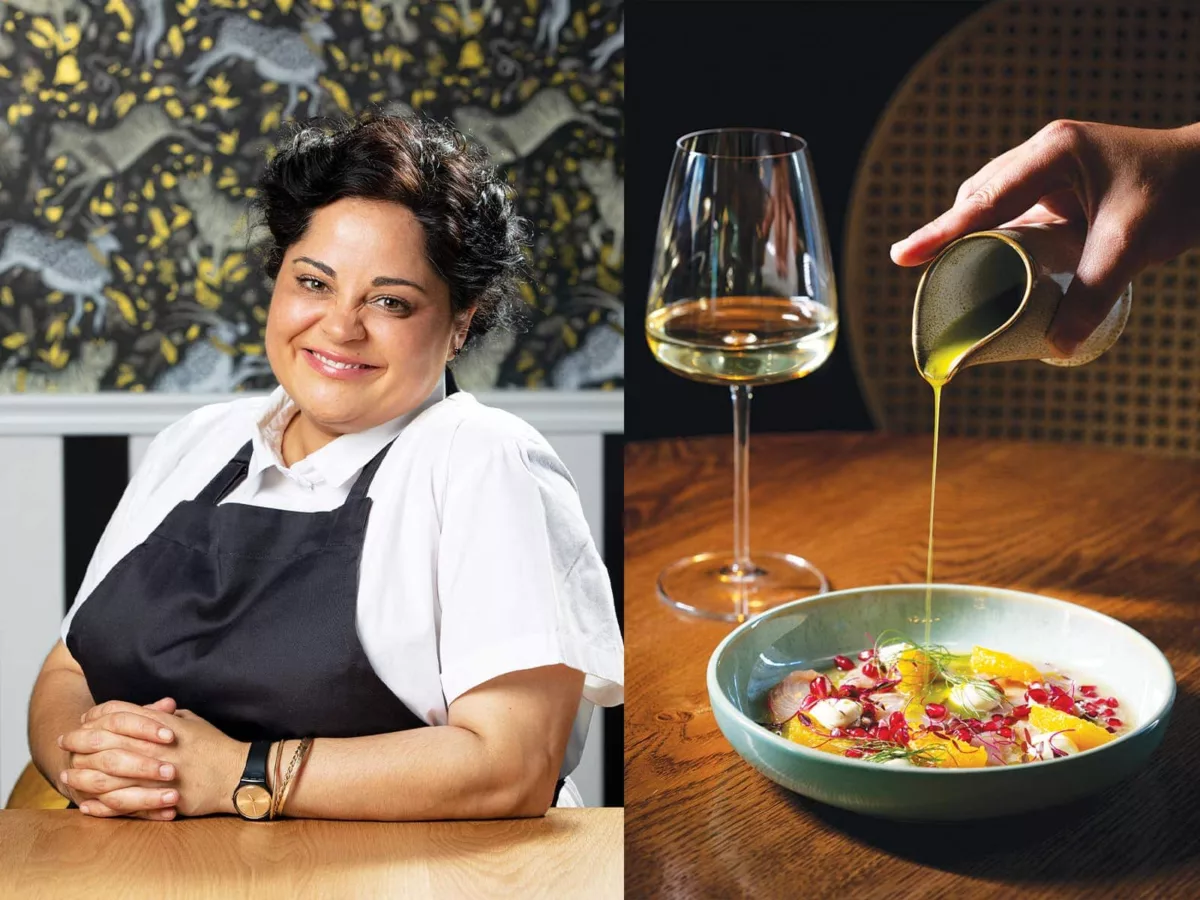
She has vast experience presiding over a variety of kitchens across South Africa, from safari lodges to special standalone spots like Van der Linde in Johannesburg.
‘A lot happens over a meal,’ she says. ‘We break bread, families fight, couples make up.’
Burger understands that a meal can make or ruin your day. That food is both a social lubricant and a source of emotional connection. She laughs at the fact that the first ‘serious’ dish she learnt to prepare was a carpetbagger. ‘Back then, two decades ago, that kind of thing – fillet with mussels in garlic sauce – was all the rage.’
Tastes have changed, dining culture has cycled through several evolutions.
For years, Burger’s been bringing it back to basics, replacing overly pernickety, complicated meals with dishes full of beautiful flavours. Simplicity is cooking’s key ingredient, she says. She eschews foams and gels and emulsions.
At her newest restaurant, Upper Union, in Tamboerskloof, Cape Town, her concept revolves around the idea of a family feast. It’s food cooked by your grandmother if she were a world-class professional chef with a contemporary outlook: sharing plates of tasty vegetables, mains with hints of nostalgia.
Food for the breaking of bread, not so much for starting wars, although she says that – because it’s a family feast, someone might end up crying. ‘Because – you know? – red wine!’
‘I want this to be like a family-style dinner party where you’re eating and I’m eating and I’m saying, “Oh, my God, did you taste the cabbage? Here, taste this! What do you think…?” And everyone’s laughing. And crying.’
Upper Union’s launch menu had a spice route influence, her nod to Cape Malay heritage.
Her new winter menu includes nostalgic elements, albeit creatively enhanced. There’s a cheesy crème brûlée that combines a beautiful sharp cheese flavour with more delicate qualities.
There is also a dish inspired by her own childhood. ‘When we braaied, my dad ate nothing but lamb chops with spanspek and blue cheese. So on the menu I’ve got ribeye with spanspek, watermelon and blue cheese, and a pink peppercorn sauce. Old school with a twist.’
A twist is what you can expect from another chef newly relocated to Cape Town. Serushia Naidoo, who’s worked mainly at safari lodges, has taken the reins at Truth Brasserie and the associated ‘secret-location’ speakeasy, Art of Duplicity, which has launched a food menu laced with novelty.
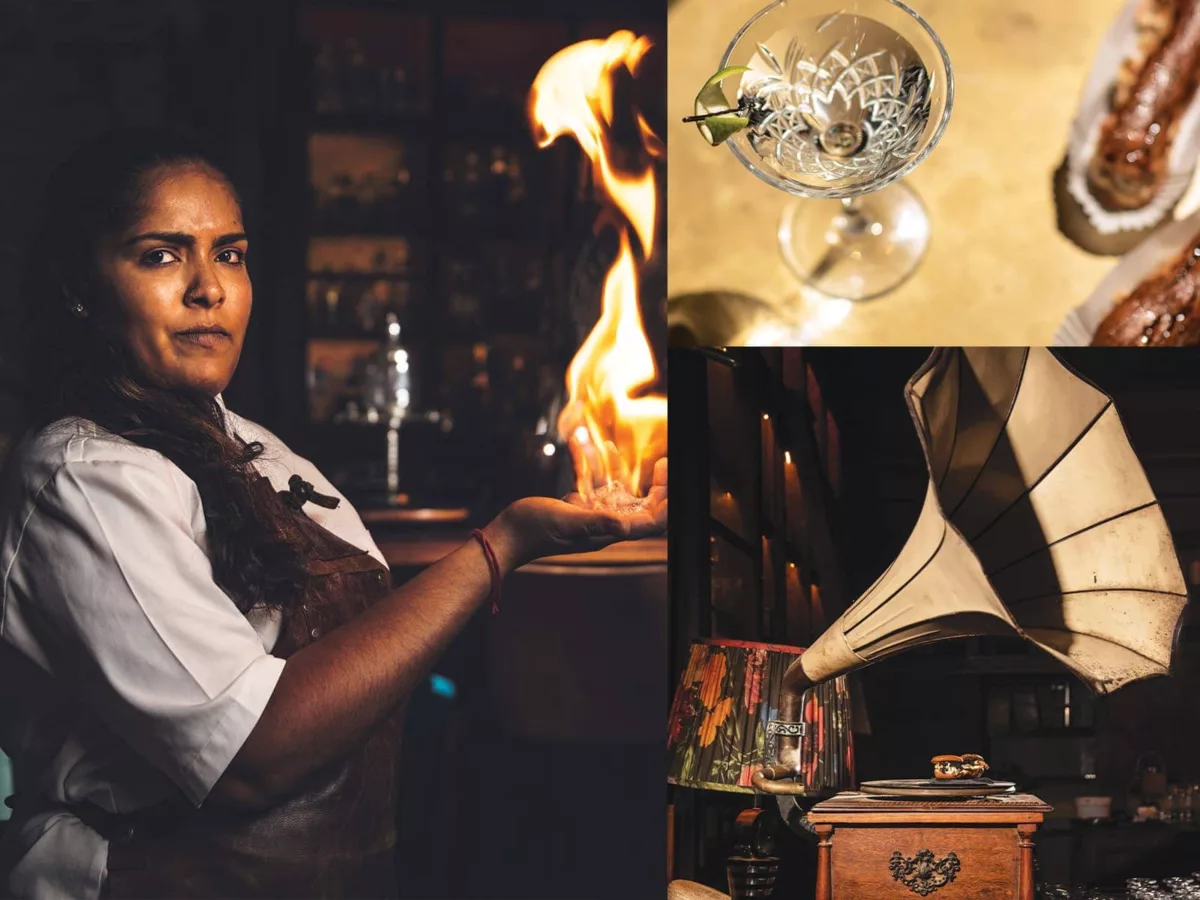
Serushia’s brief was to roll out outrageous, head-turning ideas. ‘I’m naturally sassy, mischievous and playful,’ she says. ‘Here I get to bring that into my food.’
A high point at Truth has been a collab between Naidoo and the famously experimental Rikku Ó’Donnchü, aka The Viking Chef. In May they presented a 12-course tasting menu pop-up experience that featured outlandish dishes such as Ó’Donnchü’s banana miso and caviar.
Likewise, Art of Duplicity’s dishes are designed to surprise guests – even confuse them – using visual deception. For a beetroot gazpacho, for example, the soup arrives looking like a takeaway coffee, the chunk of brioche from Truth’s bakery in a paper bag. That’s enough to make guests raise eyebrows, but Naidoo says she initially wanted the soup to be served in an IV bag, with bread shaped like a human brain.
She’s also created a lobster roll that looks like an eclair and her tuna tartare is served on a savoury macaron with squid ink.
Less deceptive, though, are the flavours she creates. Her prawn ceviche is accompanied by a prawn bisque, a rich, warm ‘hug in a bowl’ that she says is based on her love of bouillabaisse. ‘I wanted to create a seafood-by-the-sea sensory experience – you have the aroma of the ocean that transports you, perhaps to a beach in France on a cold day.’ She says the thing she cherishes most about food is its ability ‘to take your soul to a faraway place’.
At Emazulwini (‘in the heavens’ in isiZulu), a restaurant that opened in the midst of the pandemic, Mmabatho Molefe transports diners to another faraway place: her childhood.
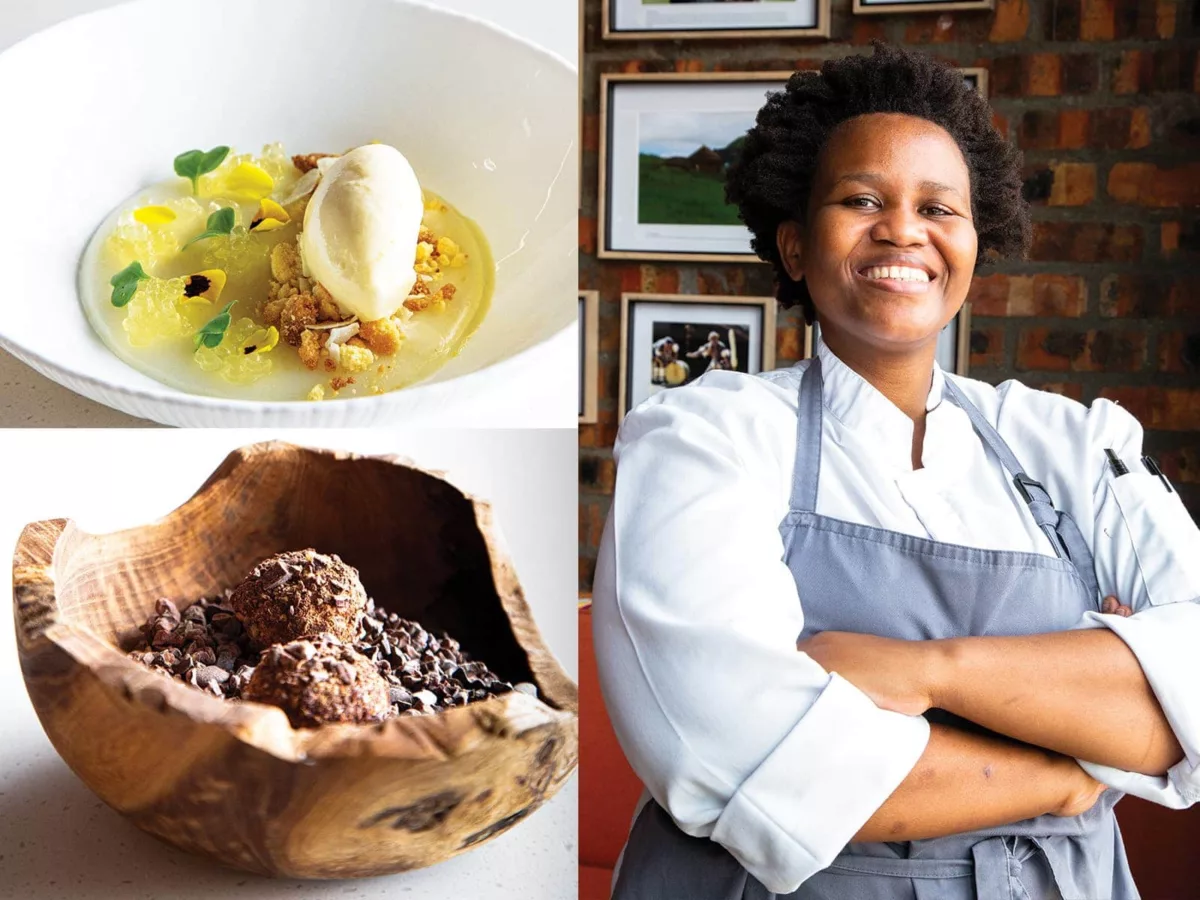
Her multi-course set menus, which get seasonal revisions, are reinterpretations of traditional, indigenous recipes – childhood memories transformed into refined, contemporary dishes.
Molefe works with lesser-known cuts of meat, especially offal, an under-appreciated source of protein that she says is vital in many households on restricted budgets.
Showcasing her heritage through her food, she unapologetically dishes up her contemporary plating of samp with lamb and kidney (isiklabhu) – it’s served with imfino (spinach and barley), butternut puree, and chakalaka, and the samp is wondrously creamy.
There might be slow-cooked ox tongue (ulimi noshatini) served with uphuthu namasi (pap with sour milk). Or maybe beef heart biltong tartlet, or a chicken liver and chocolate sandwich.
She wants you to get over any preconceived ideas, experience something that’s potentially outside your comfort zone. Your taste buds will thank you.
Located at Makers Landing at Cape Town’s V&A Waterfront, Molefe’s restaurant has in the last two years been heaped with praise. She won Eat Out’s 2022 Rising Star award, and appears on a global list of the 50 best young chefs believed to be shaping the future of gastronomy.
She’s not doing it for the accolades, though, but because she’s determined to show the world that her Nguni culinary heritage can exist in a context that is sophisticated and refined. Her aim is not merely to alter perceptions of what African food can be, but to put her soul on the plate. Which is something you’ll never experience by dining digitally.
by Keith Bain
